Vertical Gardening Solutions for Small Spaces
Vertical gardening offers a transformative approach for anyone looking to bring greenery into homes or urban environments where horizontal space is limited. By lifting plants off the ground and onto walls or structures, these innovative solutions make it possible to grow a variety of plants, from lush foliage to fresh herbs, without requiring a sprawling backyard. Vertical gardening not only maximizes underutilized spaces but also enhances air quality, introduces natural beauty, and can provide a sense of tranquility even in the busiest of cityscapes.
The Basics of Vertical Gardening
Choosing the Right Spot
Selecting the ideal location for your vertical garden is the first step towards success. Consider areas in your living space that receive adequate sunlight and are easily accessible for maintenance, such as watering and pruning. South-facing walls or sunlit balconies are often excellent choices, but with the wide array of shade-tolerant species available, even less sun-drenched corners can become green oases. Proximity to a water source is also helpful, ensuring regular hydration for your plants without hassle. Careful location planning can enhance plant vitality and the overall aesthetic impact of the garden.
Structural Considerations
The structure you choose to support your vertical garden must be both durable and suitable for your selected plants. Some popular options include wooden trellises, metal grids, or modular panels designed specifically for horticultural use. Weight is a crucial factor, especially for indoor installations on walls, so opting for lightweight potting mediums and mounting systems ensures safety and longevity. Additionally, the chosen structure should facilitate adequate drainage to prevent water accumulation, which could harm both plants and the underlying surface.
Benefits of Vertical Gardening
Vertical gardens bring considerable advantages beyond aesthetics. They act as natural air filters, absorbing pollutants and releasing oxygen, thus improving indoor air quality. These gardens can also buffer noise, making them ideal for busy urban settings. In small spaces, vertical gardening allows for higher plant density, enabling gardeners to grow herbs, vegetables, and decorative plants in areas that would otherwise remain barren. Ultimately, vertical gardens can transform even the smallest of spaces into vibrant, health-promoting sanctuaries.
Selecting Suitable Plants
Shade-Tolerant Varieties
For spaces that lack direct sunlight, shade-tolerant plant varieties open a world of possibilities. Ferns, pothos, and peace lilies, for example, flourish with indirect light and add lush greenery indoors. These species offer robust growth and visual interest without demanding intense care. By focusing on shade-friendly flora, residents of apartments with limited sun exposure can still enjoy the benefits of vertical gardening, filling their homes with thriving natural life.
Edible Plants for Small Spaces
Many vertical gardeners prioritize edibles, such as herbs, leafy greens, and compact fruiting plants. Species like basil, mint, lettuce, and cherry tomatoes can be easily cultivated in wall-mounted containers or pocket panels. Not only do they provide fresh, homegrown flavors for cooking, but their vibrant foliage also enhances the beauty of vertical displays. Planning for companion planting can help optimize yield and pest resistance, making vertical gardening a practical solution for urban food production.
Decorative and Flowering Options
For those seeking to brighten their homes with color and texture, decorative and flowering plants add a vivacious touch to vertical gardens. Varieties like begonias, petunias, and succulents offer a spectrum of hues and forms, bringing visual delight to bare walls. Flowering choices can attract pollinators if the vertical garden is placed outdoors, supporting the broader ecological community. By mixing different species, gardeners can craft personalized murals of living art, tailored to their tastes and environments.
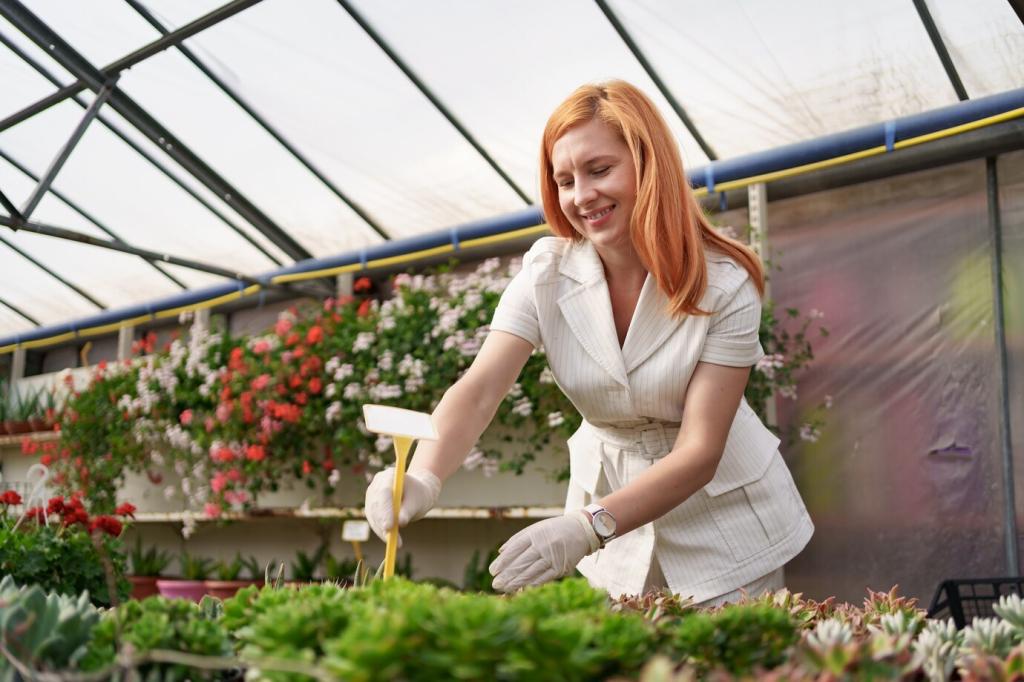
DIY Vertical Garden Ideas
One of the most accessible approaches to vertical gardening involves upcycling everyday objects. Items like wooden pallets, shoe organizers, or empty plastic bottles can be transformed into planters with minimal modification. This not only contributes to environmental sustainability but also gives character to the garden. The process offers the satisfaction of crafting something unique, while simultaneously reducing waste and saving money.

Maximizing Limited Space
Adapting to Balconies and Railings
Balconies, with their railing and limited footprint, are prime candidates for vertical gardens. Hanging planters or railing-mounted boxes maximize growing area without crowding floor space. These solutions add privacy, block unsightly views, and create tranquil outdoor retreats for relaxation or entertaining. Climbing plants, such as morning glories or jasmine, can cover railings in a living tapestry, enhancing both the appearance and ambiance of small balconies.
Utilizing Corners and Unused Walls
Often neglected, corners and blank wall sections can become focal points through vertical gardening. Installing tiered shelves or corner-mounted planters provides a home for cascading plants and bursts of greenery. By turning underutilized areas into plant havens, homeowners and renters alike can create the illusion of a much larger space. Strategic placement also improves the flow and energy of a room, making it feel more welcoming and vibrant.
Vertical Solutions for Indoors
Bringing vertical gardens indoors is an effective way to merge natural aesthetics with functional living spaces. Living walls can act as room dividers, while trailing vines soften the lines of bookshelves and cabinetry. Hanging planters from ceilings or suspending them on rods in kitchens allow for fresh herbs within arm’s reach. Integrating plants in this manner boosts emotional well-being, purifies air, and supports a healthier, more enjoyable home environment.
Watering and Maintenance Tips
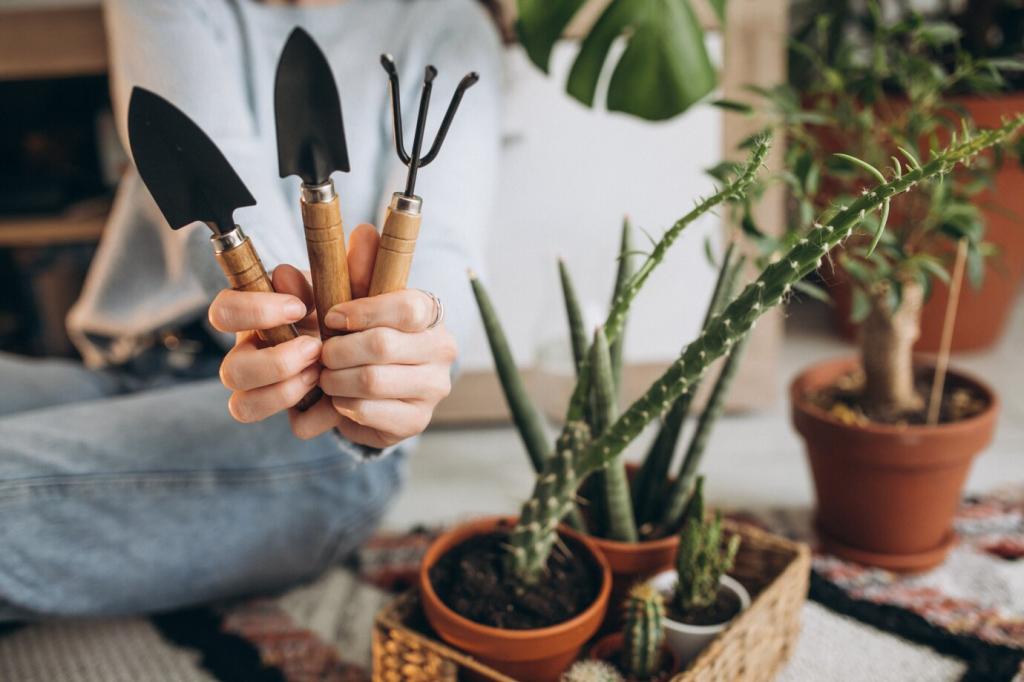
Efficient irrigation is vital for vertical gardens, as gravity accelerates water drainage. Automated drip systems or carefully designed wicking setups help deliver moisture directly to plant roots, reducing water waste and labor. Regularly checking soil moisture is crucial, particularly during warm seasons, to prevent drought stress. For smaller installations, hand-watering with a long-spout can ensures precision and avoids over-saturating certain areas, promoting even growth across the garden.
Previous slide
Next slide
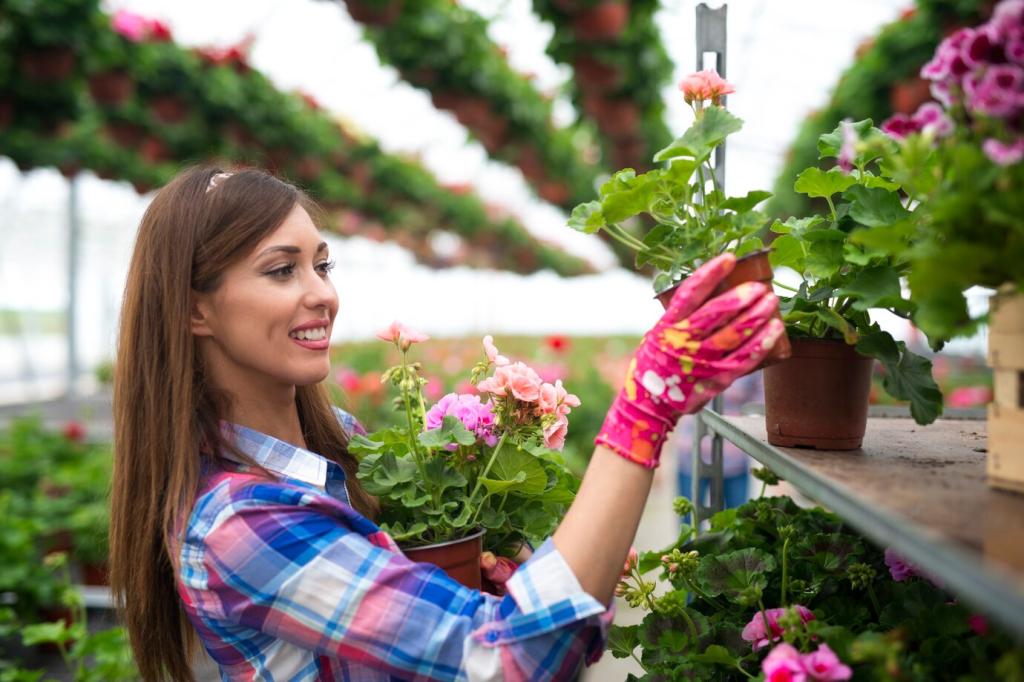

Improving Air Quality and Mood
Plants in vertical gardens act as natural air filters by absorbing carbon dioxide and other pollutants, while releasing oxygen into the environment. This not only contributes to a healthier indoor atmosphere but also enhances mood and mental clarity. Studies have shown that interacting with greenery reduces stress, making vertical gardens particularly valuable in high-pressure urban settings. Their visual beauty fosters a calming ambiance, supporting emotional well-being and overall quality of life.
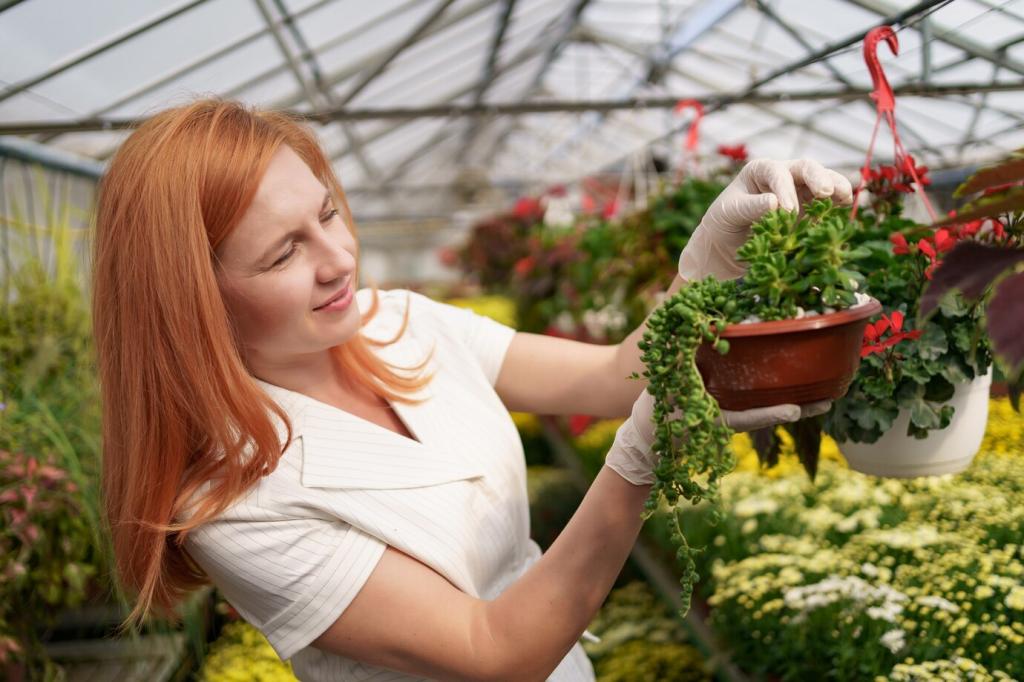
Supporting Urban Biodiversity
By creating pockets of greenery in areas otherwise devoid of nature, vertical gardens offer habitats for beneficial insects such as bees and butterflies. Especially when flowering species are included, these green spaces encourage pollinator visits, bolstering urban biodiversity. Even small interventions can have a ripple effect, supporting local ecosystems and contributing to more resilient city environments. Vertical gardening thus harmonizes personal enjoyment with ecological responsibility.
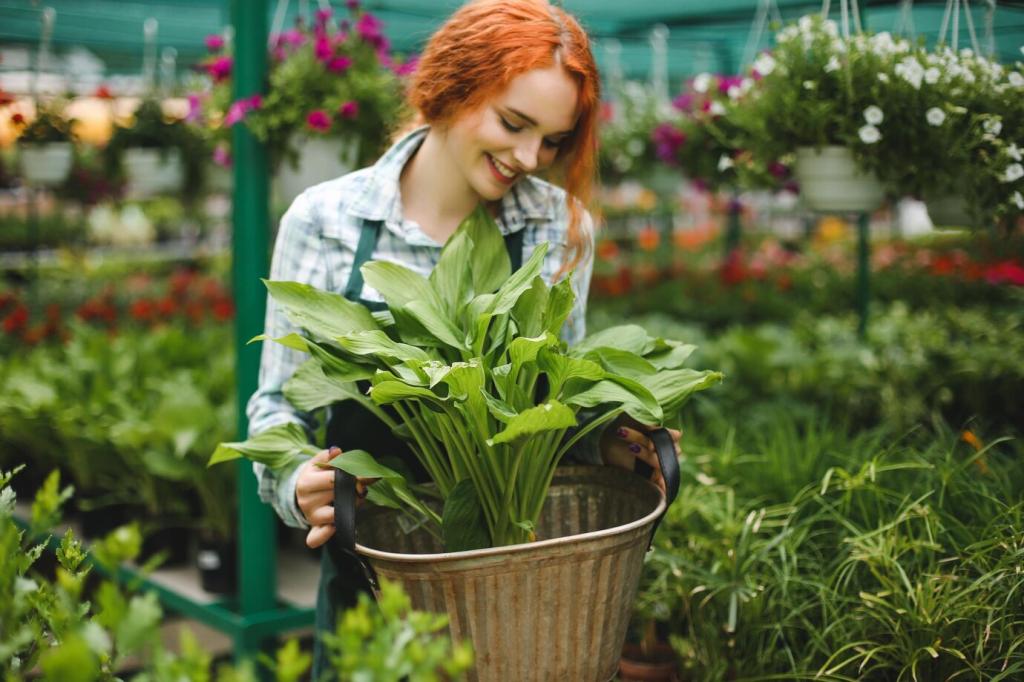
Sustainable Practices for Small Spaces
Implementing eco-friendly measures within vertical gardens, such as using organic fertilizers, rainwater collection, or repurposed materials, aligns gardening efforts with broader sustainability goals. Small-space gardeners are uniquely poised to experiment with such innovations, from drip irrigation that conserves water to composting kitchen scraps for fertilizer. These practices reduce waste, lower environmental impact, and create a template for responsible, successful urban gardening.
